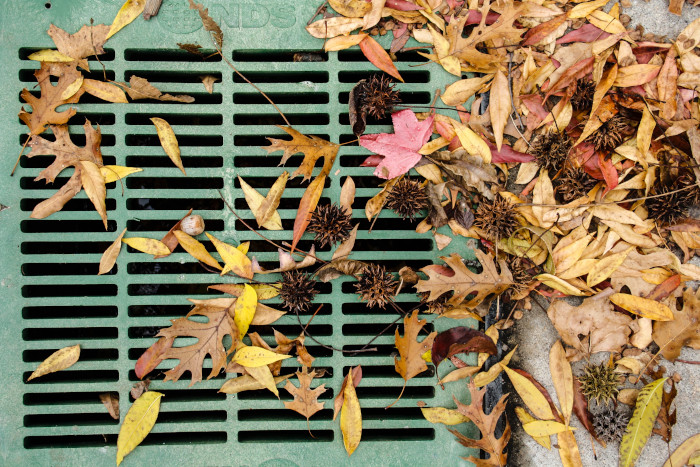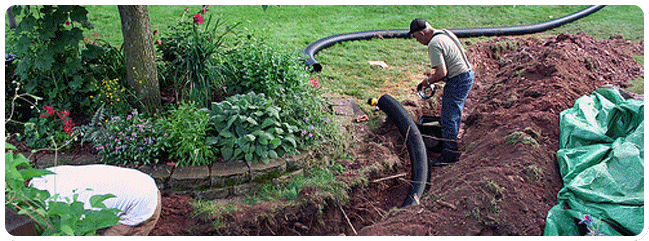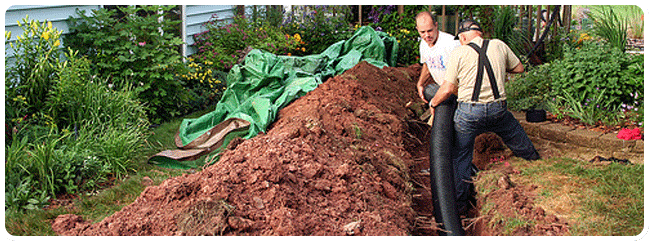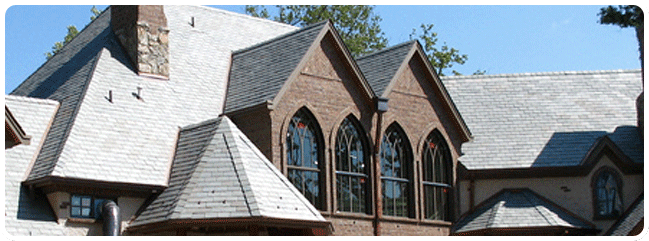If you’re a homeowner, then you know that keeping your yard and property in good shape requires some regular maintenance. One important part of maintaining your yard is ensuring the proper drainage. There are several different types of yard drains available, so which one is right for your home? Keep reading to find out!

French Drain
On average, it takes 2–3 days to build a French drain with a set of pipes, filter fabric (wrap it around the pipes for extra protection), and lots of gravel. French drains don’t visually affect the garden in any way. Plus, they are pretty small yet serve for many years, if not decades. As for the downsides, these drains clog quite often.
And it’s usually a challenge to clean the pipes. Also, while the installation/building process isn’t very hard, and French drains don’t cost a fortune, we do recommend renting a trencher. It will help you get the job done much faster. See that the drain is 9–12 inches wide and 18–20 inches deep. Dig a small trench, put a pipe through, and connect it to a drain outside of your garden. Source: Housegrail
Swales
Surface drainage is typically handled with swales — shallow depressions that capture stormwater runoff and carry it to a ditch or municipal drain. The ground has to slope away from the house, usually toward swales in the side yards. Depending on the natural slope of the yard, the swales may carry runoff toward the front of the property, or the rear, or both. Side yard swales keep runoff from entering neighboring properties, and disturbing their drainage patterns. Source: HomeGuides.SFGate
Central Drainage with a Dry Well
Often used in conjunction with a French drain or a swale, a dry well is basically a catch basin for excess water. You dig a hole in the ground, line it with filter fabric, fill it with gravel and top it off with a layer of topsoil and sod. Water flows into the well (either directly or from a French drain or swale) and slowly percolates into the ground and returns to the water table. A typical dry well is about 4 feet in diameter and 3 feet deep, but it can be any size you want. Some landscapers dig a small dry well next to each downspout to control the runoff from just that downspout. Source: Hunker
Need more information on the types of drains that will help keep your yard from flooding? Give us a call, and we’ll help you choose one that fits your budget and needs.
Contact:
Kerrisdale Roofing & Drains Ltd.
168 W 71st Ave, Vancouver, BC V5X 4S7
(604) 360-2114



















